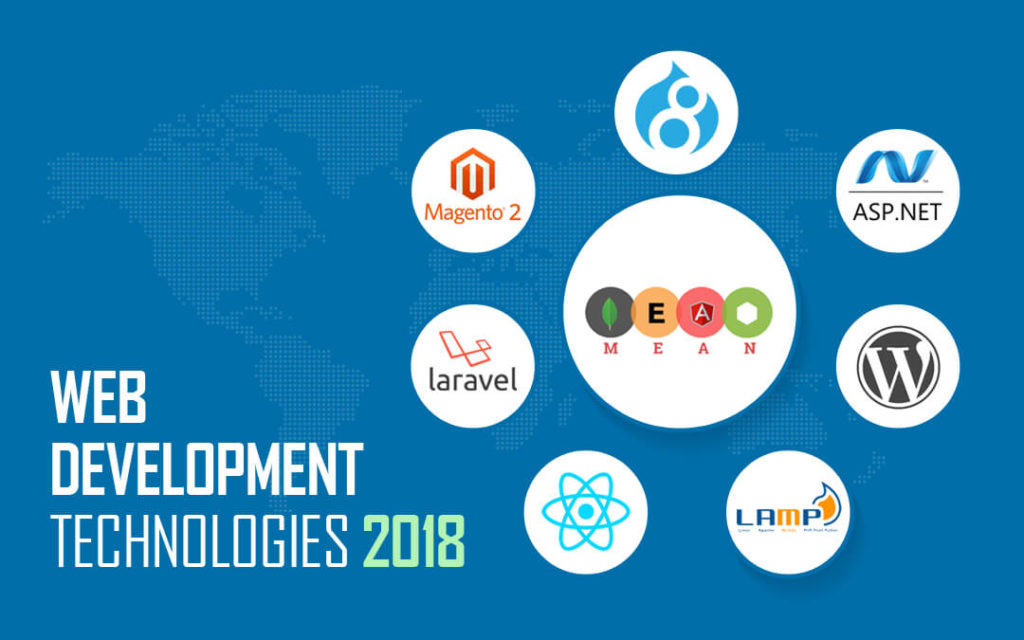‘Simplicity- the art of maximizing the amount of work not done- is essential.’
– Agile Principle #10
The first step to any agile project is preparing a product backlog- a list of prioritised stories required to meet the set goal. If done well, this step helps make release and iteration planning a lot easier, saving you time to execute them perfectly.
Thus, it won’t be wrong to call product backlog the backbone of a successful sprint. Indeed an essential step.
But, as expected, ensuring a perfectly managed, super-effective and result-driven product backlog is a bit tricky. Complex, yes, but not entirely difficult.
Here are a few solid tips from our Agile experts for product owners and teams that generally face difficulty managing an overflowing backlog!
1. Implement Layers of Decomposition
Include layers of decomposition in your product backlog, including objective, feature, and user stories, to make it more efficient.
This technique will help you have a high-level conversation amongst the team, promoting a high delivery rate. Many web tools, like Atlassian JIRA, come built-in with this facility, further easing your work-process.
2. Use A Problem Board to Segregate Work
Rather than piling every story involved in the roadmap on your backlog, try going for a definite number of stories at one go.
Using a ‘Problem Board’ is the best way to do this.
Define your business goal, a metric that could help measure the work done, and features that could help get it done effectively. Problem Board segregates them on the basis of the set-priority and helps assign them accordingly.
This way you’ll get your work done in real time, without worrying over the ever-piling list of ‘to-do’ work.
3. Tier your Backlog
In order to resolve issues accumulating in your sprint process, you may follow a tier-system to manage the feedback received.
The first level may work as a raw review stage, wherein the product owner may quickly decide whether to keep the issue for further scrutinisation or pass it through. If kept, the feedback may move to the next ‘unprioritised’ level and then to ‘ready to feature’ level.
This practice would help product owner resolve issues at a much faster rate.
4. Be DEEP when you INVEST
Using DEEP as in Detailed, Emergent, Estimated, & Prioritised feature is another perfect way to manage your Product Backlog effectively.
Likewise, you may also follow the INVEST (Independent, Negotiable, Valuable, Estimable, Small, & Testable) checklist for high-quality user-stories
Whoa! We went a little deep there, didn’t we?
5. Keep Your Product Backlog Ready for the Next Sprint
It’s always better to be prepared with the next sprint beforehand.
Thus, make sure you have at least two sets of Product Backlog materials ‘ready for sprint’. It would help save you crucial time, further increasing the productivity.
But, also ensure that the items on the next sprint are clear, testable, and feasible.
6. Groom Your Product Backlog Regularly
Your Product Backlog needs constant attention in order to remain in a fit condition.
Assign a time-slot for Product Backlog grooming each sprint and make sure to follow it religiously. The team may gather and understand the tasks ahead, priority shifts, upcoming challenges and organisation’s take on it, and move or break their stories accordingly.
7. Don’t Waste your Time on ‘Out of Scope’ Issues
If you think an issue can never be reached, just close it. As simple as that.
There is no need dragging an issue that lies deep down on your priority list when you have a number of fresh and important issues popping up in your backlog.
You may always use those issues as a research material later.
Being a Product Owner, thus, isn’t an easy task. Its full time and you need to give your 100% to keep your Product Backlog alive and working. But if you keep the above points in mind, it may help you be the best one out there!
Go ahead, try them out!

Written by Tanya Kumari
Tanya leads the Digital Marketing Team at Classic Informatics, a leading web development company . She is an avid reader, music lover and a technology enthusiast who likes to be up to date with all the latest advancements happening in the techno world. When she is not working on her latest article on agile team dynamics, you can find her by the coffee machine, briefing co-workers on the perks of living a healthy lifestyle and how to achieve it.




















